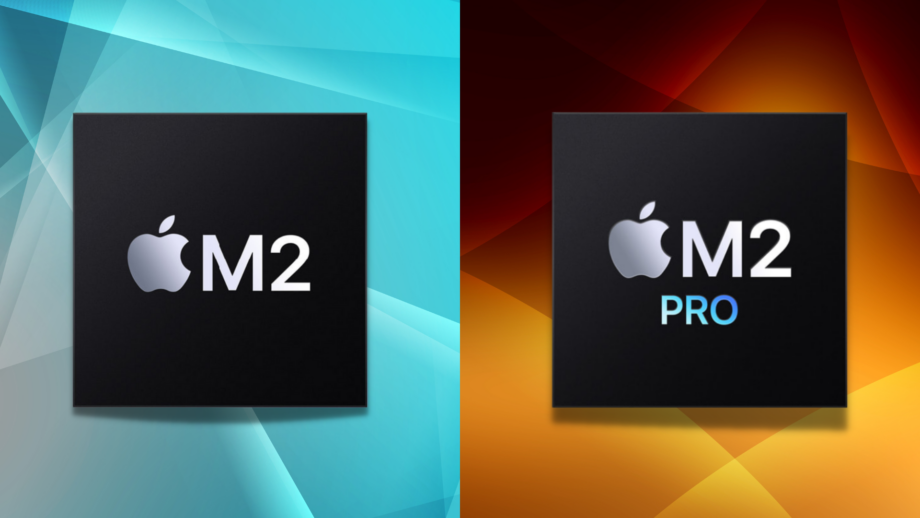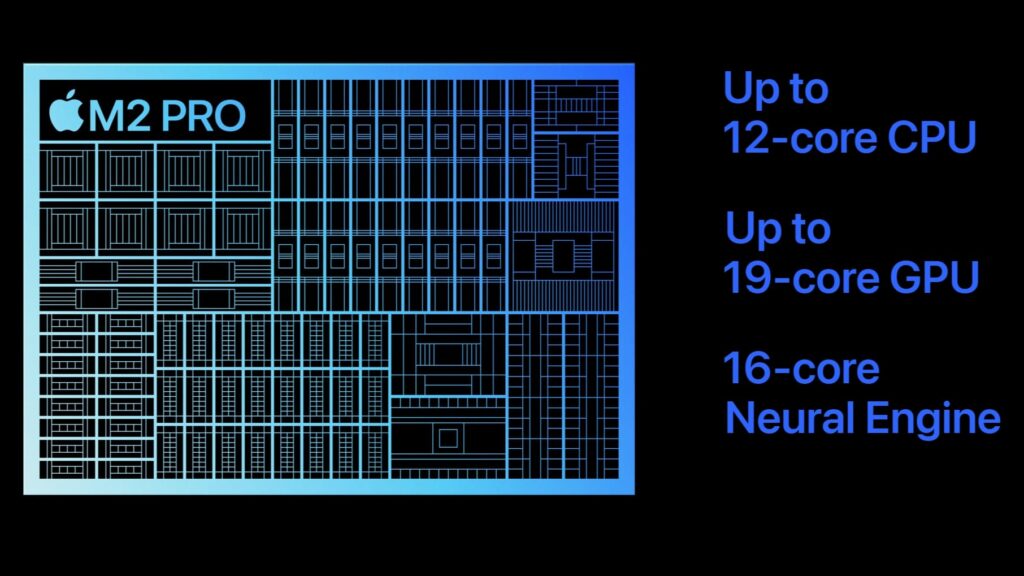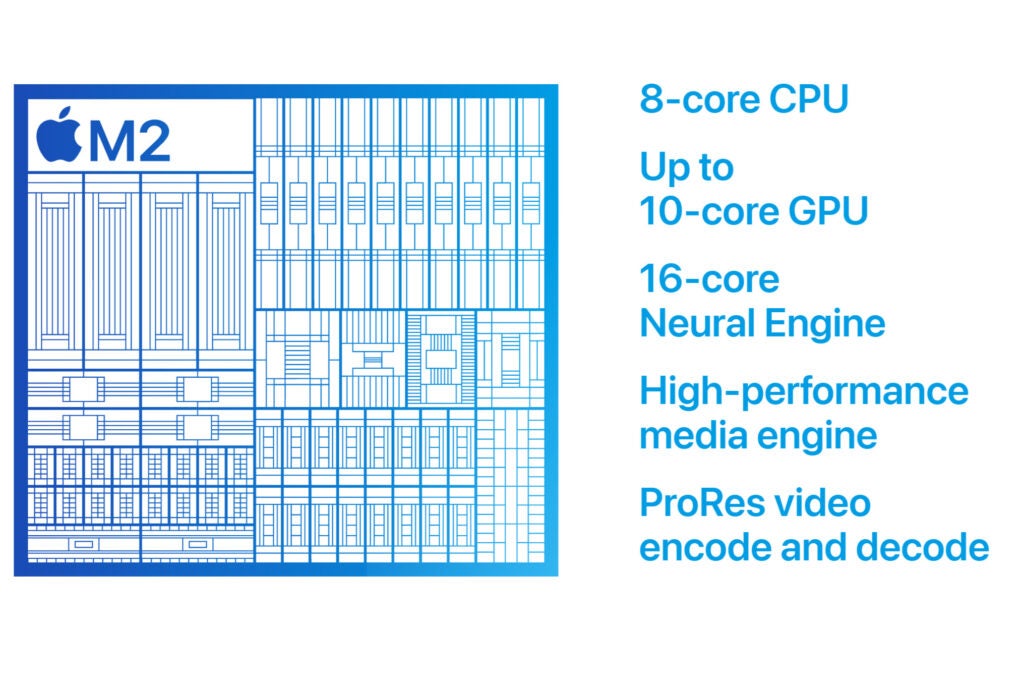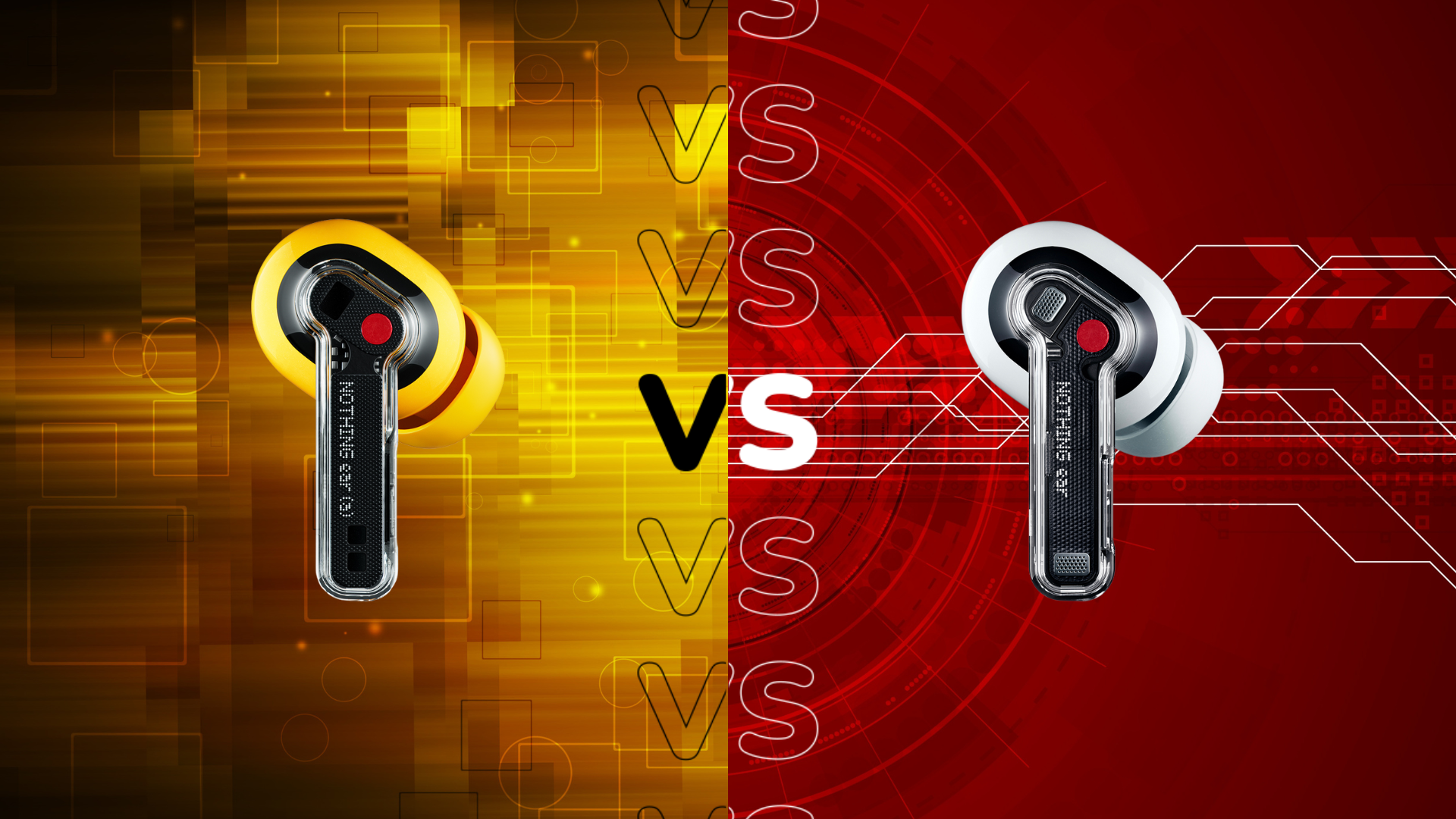Apple M2 Pro vs Apple M2: What’s the difference?

With the release of two new variations of the Apple Silicon M2 chipset, let’s see how the newer models stack up against the base M2 chipset.
Apple has been surprisingly busy, with the release of several new pieces of hardware including the latest 14-inch and 16-inch MacBook Pro (2023), alongside the latest Mac Mini M2 (2023).
Arguably it’s what’s inside these new devices that really counts, as Apple has developed two new chips, the M2 Pro and the M2 Max. If you want to see how these two new chips compare against each other, make sure you take a look at our M2 Pro vs M2 Max article.
Now, however, we’re going to cast our minds back to the base M2 chip to see how it really compares against the M2 Pro, so you can decide if it’s really worth the upgrade. Read on to find out all the key differences between these two Apple Silicon chips.
The Pro variation has more memory
The original M2 chip can be configured up to 100GB/s unified memory bandwidth, while the M2 Pro can be configured to double that, at 200GB/s.
More unified memory causes a significant reduction in the traffic between the cores and memory, resulting in a faster performance overall. While 100GB/s should be more than enough for most people, 200GB/s is ideal for creative professionals who will be working on intensive workloads.

The M2 Pro can be configured up to a 19-core GPU
Turning to the GPU, the M2 comes with a maximum GPU core count of 10, while the M2 Pro goes all the way up to 19 cores. More GPU core results in more CUDA cores, which means that the computer can further optimise performance.
While more GPU cores will not be particularly noticeable if you’re engaging in simple productivity work, more cores will come in handy if you want to work on intense workloads, such as 4K video editing or 3D geometry. This makes the M2 Pro the more alluring option for professional creatives since it will pack a lot more performance power.

Better CPU configuration on the M2 Pro
The CPU in the M2 Pro is a lot more powerful than its predecessor. The M2 chip comes with either 7 or 8 cores, with a configuration of 4 performance cores and 4 energy-efficient cores. The M2 Pro amps this up by having the option between a 10/12 cores CPU, with 8 performance cores and 4 efficiency cores.
A higher number of performance cores means that the CPU can handle more intensive tasks. Having double the performance cores suggests that it can handle almost double the tasks without straining the CPU or consuming too much power. The efficiency cores deliver less raw performance and are designed to handle background tasks, so the M2 and the M2 Pro having the same number of efficiency cores should not have a huge impact on performance.

M2 is built on older architecture
Finally, the M2 is built on older architecture than the M2 Pro. The M2 features 20 billion transistors, while the M2 Pro packs over 40 billion, twice that of its predecessor.
More transistors result in more speed and efficiency. Plus, having more transistors crammed into a smaller space results in a microprocessor that can produce more work in less time, without using as much power. Apple also improved the Neural Engine within the M2 Pro, with Apple claiming that it is 40% faster, which should result in the M2 Pro having more raw performance power overall when compared to the M2.









